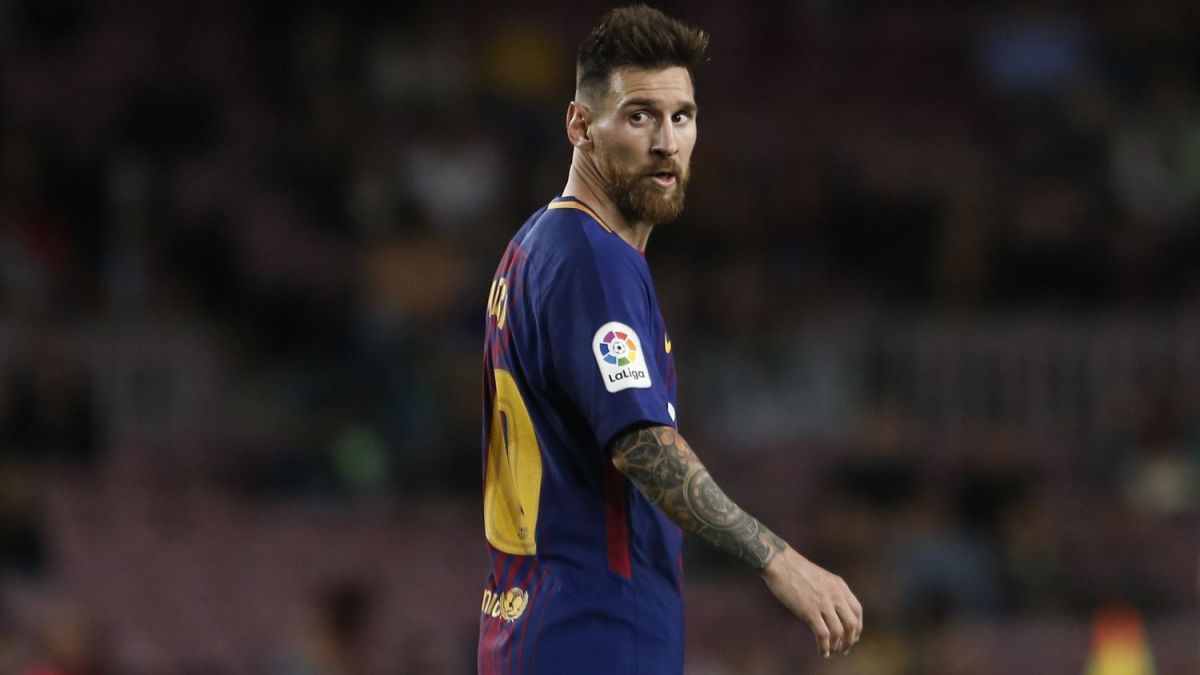HAVE WE STILL NOT SEEN THE BEST OF HIM?
‘The big Three-Oh’ is a term often used in the context of fear for most young adults slowly stumbling through their late twenties. When you turn thirty, it is usually the time where it hits home that you’re now “grown up” and you should probably start thinking about where your life is headed. It’s of even greater importance when it comes to footballers, because while regular people get to look forward to another thirty to forty years of work, a footballer knows that his time is limited and that thirty is usually where the downslide begins.
Most graphics will show you that a football player usually peaks around the age of 26 to 28. There are some who explode onto the scene a lot earlier (Wayne Rooney comes to mind) and then there are others who can take a little while to hit their stride (e.g. Jamie Vardy). Lionel Messi seems to be in a class of his own. Not just with regard to his footballing skills, but much like a fine wine, Messi also looks to get better with age. Around this time last year, several news outlets praised Messi’s start to the 2016-17 campaign as his best yet, after the player scored 14 times in the first 11 appearances of that year. Fast forward a year and Messi has outdone himself by scoring 11 times in his first six appearances of the season. The Argentinian, who vowed to give his best for Barcelona and Valverde back in August seems to be delivering on his promise, which allows fans across the world to sit back and absolutely look on in amazement as “La Pulga” puts in performances like Tuesday’s thrashing of Sociedad Deportiva Eibar:
Messi’s start to the current season is even more impressive when you consider that Barcelona not only installed a new coach over the summer, but also lost Neymar Jr, a vital part of the feared “MSN“ trio, to Paris Saint-Germain, only to lose his replacement (Dembélé) to injury after not even playing a full 90 minutes for his new team. Add to this the fact that against Eibar, Messi played without Luis Suárez and yet still managed to score four and assist on one of Barcelona’s six goals, and Messi’s start to this season becomes even more impressive.
Lionel Messi should most probably be slowing down, but instead he’s only picking up speed.
After reaching 500 goals for Barcelona during last year’s El Clasico (of course), many people believed that his reign of terrorising rival defences and breaking records in the process was coming to an end. Due to Barcelona’s shortcomings in last year’s Champions League and La Liga campaigns, people picked up the opinion that the ‘Golden Age’ of Barcelona was over and Messi & Co. had lost their hunger for trophies and victories. If their ferocious start to this year means anything at all is that they are out to prove all of the doubters wrong.
Now granted: other than Juventus and perhaps Betis, Barcelona have not yet had to face the strongest opposition available to them in Europe or Spain, but it is the ruthlessness with which they have continually dismantled their opponents that should strike fear into the hearts of many naysayers who believed Barcelona would roll over and die.
Barcelona is experiencing the beginning of their very own renaissance and with their reawakened leading man also leading this reawakening, I would not be surprised to see Barcelona back in a Champions League final at the end of this year.
As for Messi, his early season rampage seems to signal that he still has a lot to give. He does not seem to be heading downhill anytime soon. After a couple of difficult seasons (both injury wise and with an unusual lack of individual, team or national titles), “La Pulga” seems to have found some new motivation and joy, making it seem like the best of Messi is indeed still to come.
Notes:
Photo credit – bdk.bmcdn.dk

